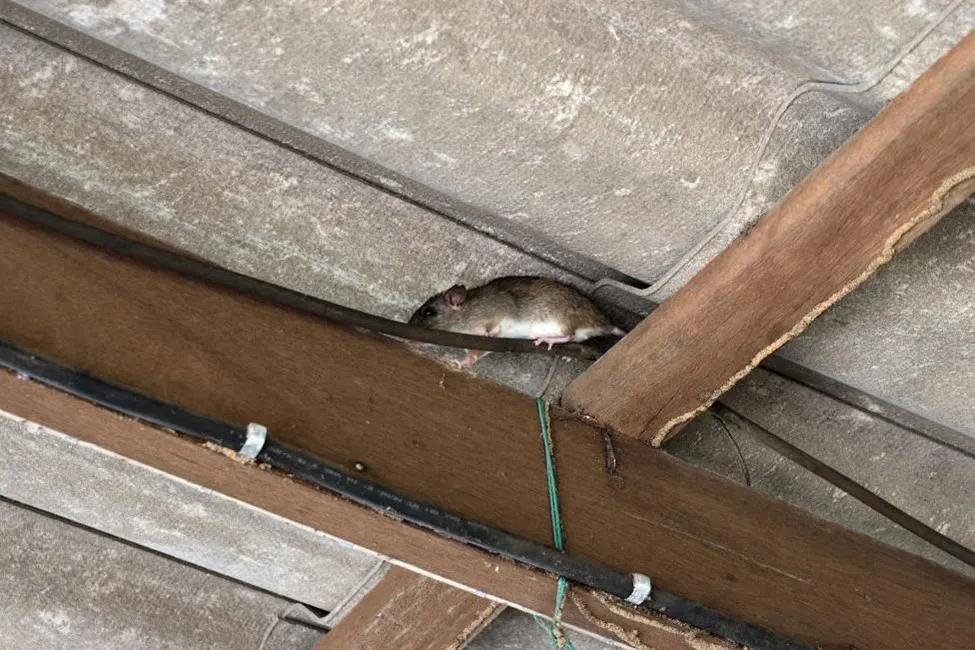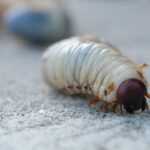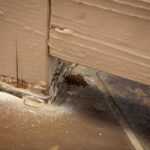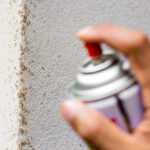What are Roof Rats and Why are They Dangerous?
Hear that scratching in the attic? Could be a roof rat, also known as a black rat! Black rats are well-known for their climbing abilities and their preference for upper living spaces in buildings, which makes them particularly invasive and a significant threat to homeowners.
When we think of pest control, we often think of visible infestations. However, one of the biggest threats to your home may be happening just above your head. Don’t let your home or business fall prey—learn more about roof rats, how to prevent them, and what to do in the event of an infestation.
What are roof rats?
Roof rats are a specific type of rodent named for their common residence in roofs and attics. They are thin, long, and have black or dark brown fur. As a distinct rat species, roof rats have specific physical characteristics that set them apart from other rats. They’re known for being skilled climbers and can scale buildings, utility lines, and trees.
Roof Rat Identification
Roof rats can be identified by their distinctive physical characteristics. They typically have a slender build, with a length of 12 to 18 inches, including their tail. Their fur is smooth and black or dark brown, with lighter-colored undersides. They have large ears, large eyes, and a pointed nose. Their tail is long, hairless, and scaly. Roof rats are often confused with Norway rats, but they can be distinguished by their brown fur, which looks black, and their preference for climbing rather than burrowing.
Roof Rat Behavior and Habitat
Roof rats are highly adaptable and can live in a variety of environments. They are nocturnal by nature and accomplished climbers, often found in tropical environments like Florida. They prefer to live in high places, such as attics, buildings, garage storage spaces, piles of rubbish or wood, rafters, roofs, trees, and wall voids. Roof rats are social animals and often live in colonies. They are known for their ability to climb and can easily access the upper parts of structures.
What do roof rats do?
Roof rats are similar to most rats in their habits—they live in colonies and forage for food by identifying a source and returning to it. They are omnivorous, eating primarily nuts and berries, but are willing to scavenge whatever is available. Roof rats eat a wide variety of foods, including fruits, nuts, and human food sources found in households and yards.
Although they typically live around one year, they can produce 40 offspring during their lifetime. Because of this, early intervention in an infestation is pivotal. Roof rats seek entry into homes for shelter and food, making it essential to secure your home to prevent these pests from becoming unwanted guests.
What Attracts Roof Rats?
Roof rats are attracted to areas with readily available food sources, such as fruits, nuts, seeds, and pet food. They also seek shelter and nesting sites in high places, like attics or rafters, because these places offer warmth and safety. Roof rats are drawn to homes with poor sanitation, clutter, and overgrown vegetation. They can squeeze through tiny openings, so even small holes and gaps in the home’s foundation, walls, or roof can provide entry points for these pests.
How are roof rats different than Norway rats?
In most states, rat infestations are typically either roof rats or Norway rats. Roof rats, also known as ship rats, are an invasive species that can cause significant health risks and damage. While sharing many similar characteristics, there are some key differences in telling the two apart.
The first way to tell these rats apart is their appearance. As previously mentioned, roof rats tend to have black or dark fur. In contrast, Norway rats have brownish-gray fur. Additionally, roof rats tend to measure slightly shorter in their body, around 8 inches, compared to Norway rats, which can be up to 10 inches long. Roof rats will also have much longer tails.
However, the easiest way to tell these rodents apart is their behavior. Whereas roof rats take shelter, hunt, and travel above ground, Norway rats are skilled diggers and prefer to be near ground level. Norway rats are also more common swimmers than roof rats.
Are roof rats dangerous?
Just like any rodent or pest, roof rats carry many diseases. They then contaminate food and surfaces through their droppings and urine. Roof rats can also contaminate food preparation surfaces, leading to potential health risks. Some of these common diseases and parasites are:
- Fleas
- Mites
- Salmonella
- Murine typhus
- Hantavirus
In an encounter with a roof rat, they can infect someone with rat-bite fever, an infection caused by bacteria streptobacillus moniliformis and spirillum minus.
With a quickly growing population and the ability to chew through many building materials, roof rats can also render widespread damage to a structure. They may even cause fires or electrical shorts by chewing through electrical wires.
How do roof rats get inside?
Roof rats typically travel above structures through connecting branches or utility lines. From there, they can enter any access point bigger than a quarter. They can also gnaw through barriers, such as drywall, wood, and aluminum siding.
How do I prevent a roof rat infestation?
There are several ways you can prevent an infestation. First, look for cracks or holes and use silicon caulk to seal the potential entryway for roof rats. Then, review possible lines of travel for roof rats. To the best of your ability, keep shrubs, trees, and other landscaping trimmed away from the structure; be sure no limbs are overhanging the building’s roof. Monitoring for signs of roof rat activity, such as droppings, gnaw marks, and noises, is crucial for early detection and prevention.
Since roof rats often travel in search of food, you can lessen your risk by ensuring food and food waste are properly stored. In a kitchen, keep pantry items stored in sealed containers. In a garage or yard, tightly cover garbage cans and pick up dropped fruits from trees.
Additionally, be sure to cut off an available water supply—fix leaky hoses, remove bird baths, and make sure gutters are draining.
How do I know if I have a roof rat infestation?
Most people will begin investigating for an infestation after seeing or hearing them in a building. However, there may be many other visible signs before this.
A common sign is the presence of rat droppings. These droppings are typically half an inch and pointed at either end. As rats primarily travel in search of food, droppings in a kitchen or near a possible food source are a strong indicator of a colony inside the building.
Roof rats typically have agile builds, nocturnal habits, and a preference for elevated nesting sites. In buildings where roof rats are present, it’s common to find fallen ceiling insulation as they chew through existing infrastructure.
Look for the following clues of a rat infestation:
- Gnaw marks
- Damaged goods
- Grease spots
- Chewed wires
- Small footprints
Rats will also often cause irritation or stress to your home pets. If they’re behaving strangely or investigating parts of the building, they may have seen or sniffed out your potential threat before you have.
How do I treat a roof rat infestation?
Once roof rats have found their way into a building, it can be difficult to get rid of them, especially if there’s an established colony. Generally, do-it-yourself solutions can only lessen the rat population, not eradicate it.
- Baiting—This method places poison at a designated feeding spot where the rat will eat until it passes. It is recommended to only place poison outside to prevent the poisoned rodent from passing inside the building. If this happens, you may not know until a noxious odor or insect infestation has also occurred.
- Trapping—This method uses a glue, snap, or electronic trap to lure and trap or kill the rat. It is recommended for indoor use and allows you to take care of the carcass before it can decay. They are best placed flush to walls or near known entrances and previously unsecured food sources.
For guaranteed pest control and environmentally-conscious care, contact the pest control professionals at PURCOR.
Get Rid of Roof Rats with PURCOR
With our extensive team of licensed professionals, PURCOR works diligently to identify signs of a roof rat infestation and secure your surroundings. Get back your peace of mind today — request a free rodent control estimate today.
"*" indicates required fields
"*" indicates required fields



